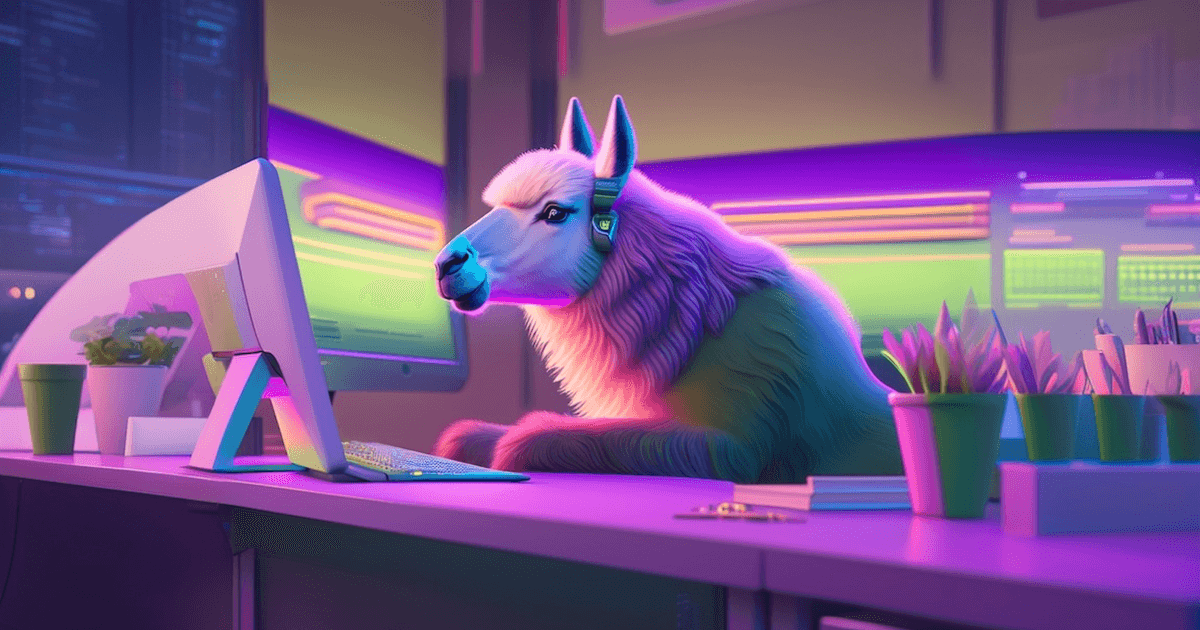What You Need to Know About Meta’s Llama 2 Model
Jason D. Rowley

To say the least, artificial intelligence is one of the most compelling sectors of the tech economy today. Generative AI, in particular, has exploded in popularity, starting first with more mainstream adoption of text-to-image models like Stable Diffusion, Midjourney, and DALL-E. But it really does feel like another area of interest—generative text-to-text models such as OpenAI’s ChatGPT, Anthropic’s Claude, Google’s Bard, and others—has taken the world by storm.
Although Generative AI for text has been “a thing” for a while—with academic roots extending all the way back to rule-based sentence-generation systems engineered in the 1950s, and pioneering conversational interfaces like 60’s-vintage ELIZA, all affected by AI’s boom-and-bust cycle along the way—deep learning-powered language models (both large and domain-specific) are now de rigueur. (For the non-Francophiles among us, please consult the following screenshot of Llama2.ai, a front-end playground for testing Llama 2, developed in part by venture capital firm Andreessen Horowitz.)